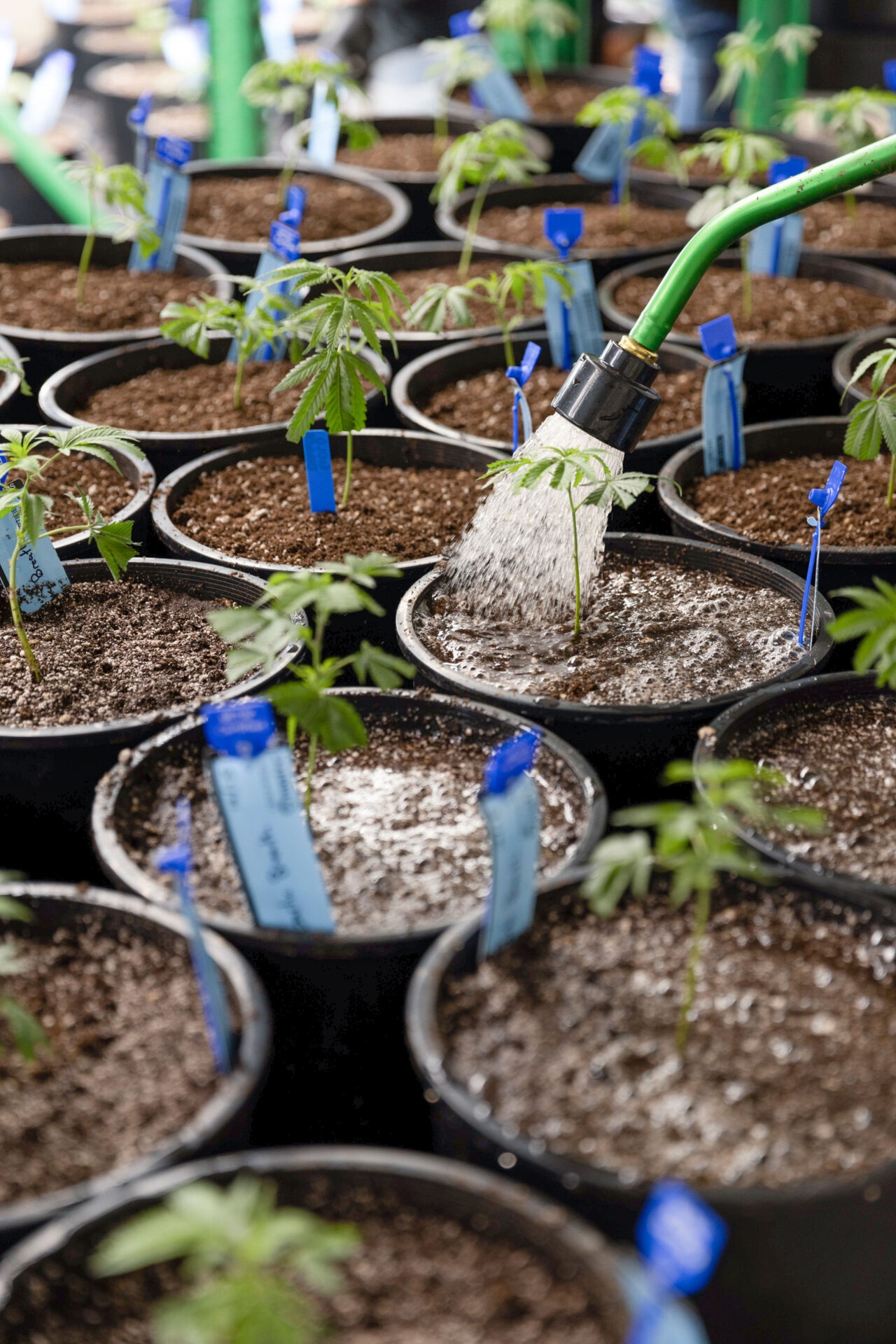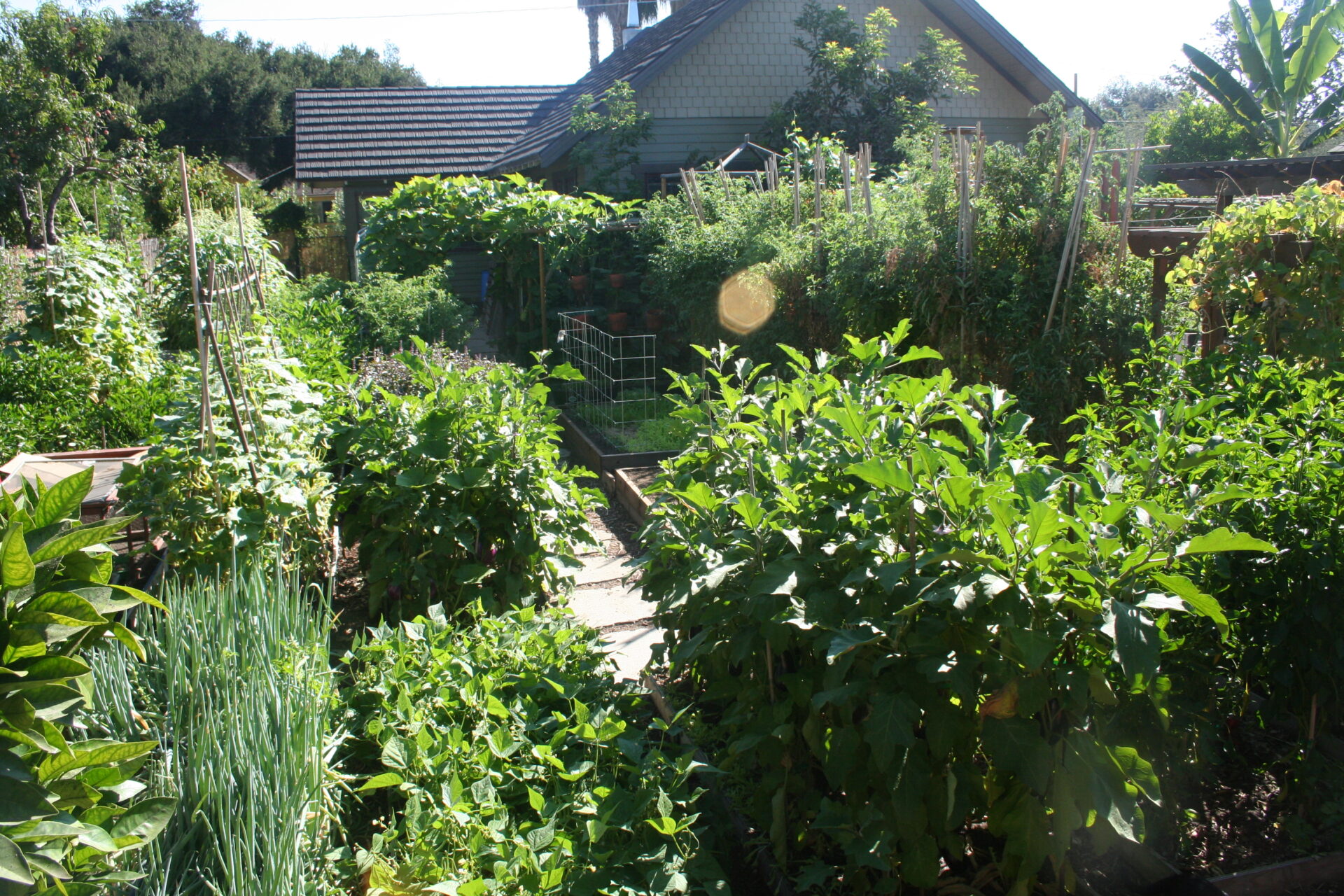
Business opportunities in organic food production led a lengthy list of benefits at the annual meeting of California Certified Organic Farmers (CCOF).
Growers, processors and marketers of organically grown agricultural commodities attended the Fresno gathering in February where the inaugural Benefits Report by the CCOF Foundation was presented.
Organic Demand
The CCOF Foundation reports that, organic is the fastest growing sector of the U.S. food industry with value approaching $50 billion. This sector also grew six percent in 2017, compared to one percent growth in all U.S. food dales. Their statistics show that 82 percent of families in the U.S. purchase organically grown or processed food.
In addition to demand, organically grown crops and livestock support the viability of producers who typically receive 20 percent higher prices.
The organic food industry also creates an estimated 1.4 million jobs in the U.S. and 407,400 jobs in California. The report states that organic farms tend to create more full time year round employment opportunities for farmworkers. The goal stated at the meeting is to have 10 percent of California farmland certified organic by 2030.
Digging farther into the new report were speakers Joe Morris of Morris Grassfed Beef, Steve Pederson of High Ground Organics and CCOF researcher Laetitia Benador.
A Clear Plan
The benefits report, Benador said, was done to show policy makers that the organic industry has a clear plan to move forward and present sustainable solutions to food production.
“We have the evidence showing the benefits of expanded organic food production,” Benador told the audience. All of the claims made in the report are backed by rigorous scientific study, she noted.
Instead of asking if organic producers can feed the world’s population, Benador said it is important to look beyond yield and focus on sustaining natural resources with better land management.
Nutritional Benefits
As for the nutritional benefits to consuming organically grown food, Benador cited meta- analyses that use statistical methods to aggregate and detect underlying trends in the data from hundreds of studies on nutrients that impact human health. She said that six out of eight peer-reviewed meta analyses concluded that organically grown foods contained higher levels of certain nutrients than conventionally grown foods and two studies found no consistent nutritional differences.
Overall, the meta analyses and individual crop comparison studies show that organically grown fruits and vegetables can provide consumers with higher levels of a range of nutrients, she said.
Environmental Benefits
Environmental benefits of organic production were included. Practices in organic crop production improve soil quality and structure and reduce soil erosion. These soil improvements in turn hold water and prevent fertilizer and pesticide leaching. The biodiversity in the soils helps them to be more resilient to extreme weather conditions. The report states that yields are comparable to conventional yields when organic farmers build long term soil fertility and use diversification practices including crop rotation and multi-cropping strategies. Yields typically improve when growers learn better weed management techniques.
Pederson, who farms vegetables and strawberries two miles from the California coast said the environmental benefits of organic production are important in helping comply with regulations. He is mitigating climate change effects by increasing the carbon sequestration on his farm ground, using less energy and reducing nutrient leaching to preserve groundwater quality.
Joe Morris, who has operated Morris Grassfed Beef since 1991, said the ‘big picture’ report is a resource for the entire farming community as farmers and ranchers seek to improve their land management.
What Consumers Want
Conference speaker and one of the largest producers of organically grown leafy green vegetables, Arnott Duncan, said growers need to be willing to learn what consumers want.
“You need to listen to signals, buyers asking for certain products, time slots. The challenge is to meet that need,” Duncan said.
Large v Small Growers
He also touched on the small versus large organic producer issue, noting it is not true the larger growers are attempting to keep small organic producers out of the market. Local agriculture groups may also struggle to include organic growers, perceiving them to be a threat.
“It is not easy to move forward if there is distrust between large and small producers. That is a bridge we need to build,” he noted. Large producers are not monopolizing the market, Duncan said. They do open doors for organic products and create spin-off opportunities for all organic producers.
Duncan, who farms more than 8,000 acres of organically certified ground in Arizona and California, said learning to farm organically has been a humbling experience for him.
“You have to be willing to learn, fight your way through challenges and learn how to deal with them. Don’t cheat.”
Strong Labor Force
Maintaining a strong labor force in organic food production is one challenge producers face. Matt Rogers, founder of AgSocio, a Bay Area company that operates as a full service farm labor provider, noted that securing a labor force has become more acute in recent years and labor can be the largest cost in production.
Due to more labor intensive practices employed in organic production, the need for skilled farm labor is increasing. A 2018 study of organic farming employment in ten Washington and California counties found that more workers are hired per acre and more year-round employment is offered than on conventionally farmed acres. More full time, year around employment helps provide livable wages for California farm workers.
Arnott said new technology is coming that will reduce the need for many unskilled jobs, but he views the next generation of organic farmers will come from other industries and adapt their knowledge of technology to the farm.
“They will see organic production as cool, fun, collaborative and challenging,” Arnott said.
According to the Benefits Report, farmers who grow organically use more labor intensive practices than conventional farmers to manage weeds, insect pests and disease. Organic systems also include a higher diversity of crops, requiring more skilled labor.
Jenny Ramirez, director of human resources for Harvesters Inc., a support system for farm workers, said treatment of workers, including providing a safe work place is paramount in retaining a labor force. Workers who feel they are treated well by their employers tend to stay with that farm, Ramirez said.
Opportunities for Organics
Meeting export demand for organically grown food is an opportunity for California growers. The Benefits Report notes that Canada and Mexico are the biggest export markets for organically grown food, but more than 104 different countries are also buying California products.
Opportunities in organic production are attracting the next generation of U.S. famers. Proportionally, more new and beginning farmers—those who have been principal operators of their farms for ten years or less—are starting organic farms than are starting conventional farms. In California 32 percent of organic farmers are beginning farmers compared to 26.5 percent in conventional production. The beginning farmers also are less likely to need off-farm income with an organic system, even though they tend to farm fewer acres.
The full Benefits Report can be read on line at ccof.org/roadmap.





